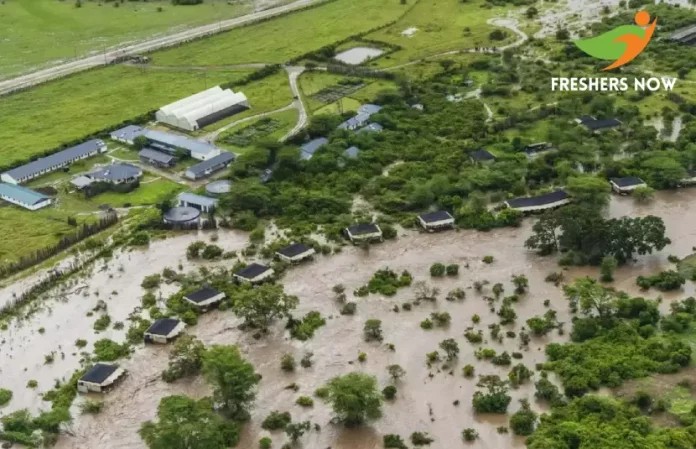
Cholera Cases Surge in Kenya Amidst Flooding Crisis: The recent cholera outbreak in Kenya can be attributed to the heavy rains and flooding that have ravaged the country, leading to the destruction of sanitation facilities and contamination of water sources. The pollution of water sources with feces and the inundation of latrines with floodwater have exacerbated the situation, creating a breeding ground for Cholera Cases. Consequently, the disease has spread to regions like Tana River County, with concerns arising about potential outbreaks in areas such as Marsabit County. The World Health Organization (WHO) has issued warnings indicating a high risk of further spread of water- and food-borne diseases across the nation.
Impact on Public Health
In response to the escalating crisis, the Kenyan State Department of Public Health and Professional Standards has issued public health advisories to mitigate the spread of cholera. These advisories emphasize the importance of practicing proper hand hygiene, avoiding drinking contaminated water, ensuring food safety, and adopting safe waste disposal practices. Such measures are crucial in preventing the transmission of cholera and other waterborne diseases within affected communities.
Impact on Children’s Health and Education
The cholera outbreak has not only posed significant health risks but has also disrupted educational activities, particularly for children. With over 62 primary schools damaged by the floods, thousands of children are at risk of contracting water-related illnesses. This disruption not only affects their health but also puts them at risk of dropping out of school, engaging in child labor, and facing other social challenges while awaiting the resumption of regular schooling activities.
Understanding Cholera Outbreaks
Cholera outbreaks occur when there is a sudden increase in the number of individuals falling ill with cholera, primarily due to the consumption of contaminated food or water. Cholera is characterized by severe watery diarrhea, which, if left untreated, can lead to dehydration and death. The bacterium Vibrio cholerae is the main causative agent, with outbreaks often occurring in areas characterized by poor sanitation, overcrowding, and limited access to clean water. Effective measures to prevent cholera outbreaks include providing access to clean water, improving sanitation practices, and administering oral cholera vaccines. Treatment typically involves oral rehydration therapy and, in severe cases, antibiotics.
Understanding Waterborne Diseases
Waterborne diseases are infections spread by pathogenic microorganisms in contaminated freshwater sources. These diseases are typically acquired through activities such as bathing, washing, drinking, food preparation, or consumption of contaminated food. Common waterborne diseases include cholera, typhoid, and diarrhea, all of which can proliferate in rivers, lakes, dams, and other water bodies contaminated by human or animal waste. To prevent waterborne diseases, it is crucial to implement preventative measures such as boiling drinking water, maintaining clean sanitation facilities, and accessing safe, treated water supplies.
Conclusion
In conclusion, the cholera outbreak in Kenya highlights the urgent need for comprehensive public health interventions to address the immediate health risks and prevent future outbreaks. By implementing measures to improve sanitation, provide clean water access, and promote health education, the country can mitigate the impact of waterborne diseases and protect the well-being of its citizens, especially vulnerable populations such as children.
Stay updated with the latest current affairs and insightful blog posts by following FreshersNow. Don’t miss out on future content that keeps you informed and engaged!
| You Can Also Check | |
| Current Affairs | |



